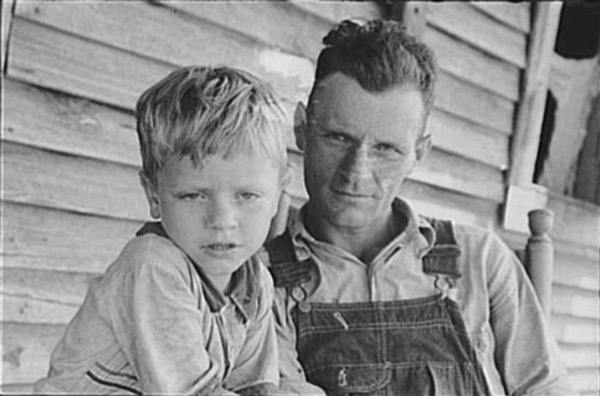In Introduction to Photography (Arts 117), a course I teach each semester, students work towards creative expression in response to assignments using newly acquired technical and conceptual skills.
The effectiveness of these two areas is judged in the critique environment, a standard practice in studio arts. The critique is a place where student’s images are put up for all to view, with students and professor responding to the work’s strengths and weaknesses. Students are evaluated on their own work, another portion of their grade comes from active participation in the critique. The critique, in the Studio Art context, exists only in oral response. I saw an opportunity for further self-reflection and criticality by implementing a form of written self-evaluation.
I saw written reflection as a vehicle for meta-cognition on the part of the students. This was prompted by an article by Nancy Chick, Metacognition, exploring the need for thinking about one’s thinking. in relation to student work. She says that students can, “do this by gaining a level of awareness above the subject matter: they also think about the tasks and contexts of different learning situations and themselves as learners in these different contexts.” My goal was to engender more responsibility through reflection, while allowing students to self-assess their weaknesses and strengths, as well as their improvements, over the course of the semester. Students write briefly about their work after the oral critique, using assignment guidelines written on the board to speak candidly to areas of success and failure. This document is passed into me. I use their response as a basis for my own written evaluation, handing it back to them with the combined commentaries an d grade.I continued to introduce assignments, but as the semester progressed and students became more fluent in photography, they created the parameters for evaluation before the critique. The class generated questions specific to the assignment, usually centered on two components: technical mastery and conceptual challenge. These questions helped frame the oral critique, reminding students of the project’s goals (for example, observing an expected increase in technical skills with an equally visible conceptual trajectory).
The students wrote their evaluations after the oral critiques, then handed them into me. The written self-evaluation created a further opportunity for the student whose work was being evaluated to respond to the student generated parameters. They were explicitly asked to be self-critical and evaluate how well they did/did not achieve the goals the class set out. Once received, I read the self-evaluation and responded to their comments — agreeing, clarifying and providing further critique. There were times when the information I read in the student’s written evaluations made clear to me what had been risked in the work they had produced. I was privy to a different level of process, often seeing the vulnerability of presentation of certain materials more clearly through their explanation. It was humbling for me, as a professor, to be witness to the growth and exploration of students expressed in their own words. Of course, there are some students who want an A at all cost, but this method forces them to have to talk about where they could improve and what could be changed. The requirements of written, reflective, self-critique, and the students’ commitment to that process, engaged a new realm of self-awareness, one that the vast majority of students were able to rise to,in ways that surprised me.
As the semester progressed, I introduced a second set of reflective questions. Students began their projects by addressing how they were thinking about approaching their work technically and conceptually. At the end of the project, the student’s self-evaluation was written on this same piece of paper. Part of their response required them to address their initial ideas, what had changed, why this was important.
I observed a significant impact on student learning outcomes. The responsibility that students had to take, through evaluation, increased their sense of ownership. It also helped combat the perception that grading and assessment in Art is subjective. The processing of critique, through writing, created an important phase of reflection and articulation, beyond the few minutes available in the oral critique scenario. Their commitment to critiquing their own work expanded the learning beyond the oral critique and made it stick.
This pedagogical innovation project has affected my teaching in other courses, both with majors and advanced students. I now use the same model based on metacognition, reflection, and self-evaluation in all of my Studio Art classes. The importance of self-criticality is key in Studio Art, and the written response is a useful tool for accessing this.
Denison’s Center for Learning and Teaching supports and collaborates with faculty members, at all career stages, on questions, ideas, activities, and research on teaching and learning. This article originally was published on the Great Lakes College Association Consortium for Teaching and Learning.

